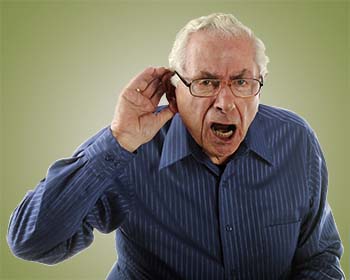How do we hear?

Sound waves enter the ear, go down the ear canal (auditory), and hit the eardrum, which vibrates. The vibrations from eardrum pass to the three bones (ossicles) in the middle ear:
- Malleus (hammer),
- Incus (anvil) and
- Stapes
These ossicles amplify the vibrations, which are then picked up by small hair-like cells in the inner ear. They move as the vibrations hit them, the data is sent through the auditory nerve to the brain. The brain processes the data, which we interpret as sound.
Deafness affects your ability to hear. It may be temporary or permanent. It can be caused by many factors, including injury, disease and genetic defects. Exposure to loud noises is one of the commonest causes of Deafness.
Around 12 in 10,000 children are born with a moderate or greater hearing loss in both ears, and at least other 20 in 10,000 will need hearing aids for long-term hearing loss by the age of 17 years.
Around 1 in 5 teenagers expose themselves regularly to high-decibel noise (such as rock concerts, hearing music at high volume on headphones, etc.) increasing their chances of hearing damage.
This threat can be managed with the help of correctly prescribed homeopathic medicines and regular monitoring through follow-ups.
Homeopathic medicines are rendered safe and free from side effects through the process of potentization, hence they do not pose a threat to anyone, even kids and pregnant women can take the medicines comfortably.















